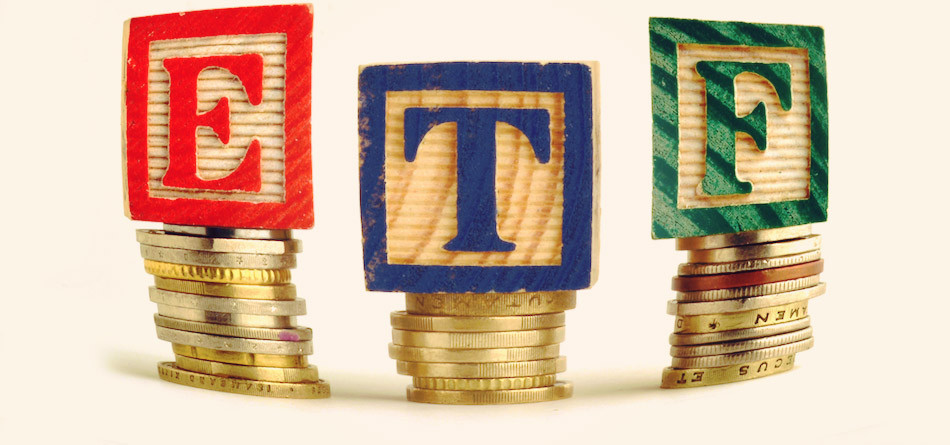The European exchange-traded industry had a record year in 2015 and could reach €1 trillion in assets under management by 2020 according to Morningstar, the fund research provider.
Jose Garcia-Zarate, senior ETF analyst with Morningstar Europe, said in a report that the region had record net inflows of €70.8bn last year, 39% more than the previous high of €51bn in 2008. As a result, total assets under management in European exchange-traded products grew by 24% from 2014 to €467.4bn at the end of last year.
“Together with 2014 - another year of high inflows by historical standards - the data seems to indicate that the European ETF industry has entered a phase of strong growth, thus giving credence to industry predictions that foresee assets under management hitting the €1 trillion mark by 2020,” added Garcia-Zarate.
He expects further growth as the incoming MiFID II regulations, currently due in 2017, will change the investment advice model in Europe and open up retail distribution channels to low-cost investment products such as ETFs. MiFID II will also introduce mandatory reporting of ETF trading giving investors more insight into liquidity.
Garcia-Zarate expects more strategic beta products to be launched in Europe, particularly in fixed income, and said 2016 could be the year when actively managed ETFs take off.
Smart beta and factor ETFs do not track standard market-weighted indexes but follow bespoke indexes which offer outcomes such as low volatility. They are more complex than standard ETFs and their risks need to be clearly explained to investors.
“At the end of the 2015, Vanguard launched a number of active ETFs providing exposure to equity market factors,” added Garcia-Zarate. “If successful, this may spur other providers to more keenly look at the merits of active management within the ETF wrapper.”
Detlef Glow, head of research for Europe, Middle East and Africa, at fund researcher Lipper, said in a report this week that smart-beta ETFs could be the answer to the concerns raised by investors around the liquidity of the underlying bonds in an index during times of market stress. Standard bond indices give the highest weightings to issuers with the largest amount of outstanding debt while a smart-beta approach could put a cap on the weighting of individual issuers when constructing an index.
“Since the liquidity of the underlying securities is already an issue for ETFs that track the broad indices, even “plain-vanilla” products are nowadays not far from being smart-beta products,” said Glow. “That is because of the optimization techniques used to replicate the returns of the underlying index using the tradable securities in the index basket.”
Glow added that a smart-beta strategy that employs the liquidity of the bonds would help to build liquid indices for all kinds of bond sectors, which could then easily be replicated by funds. “In my opinion it is time for smart beta to enter the bond markets,” he continued.
Fixed income ETFs in Europe attracted €23.4bn, a third of the net inflows in 2015, as assets rose to €106.7bn from €81.9bn according to Morningstar. Corporate bonds were the popular fixed income ETFs while long-dated euro-denominated debt had the largest outflows.
Equity ETFs in Europe gathered €42.7bn, the majority of net new money, as assets rose from €255.1bn in 2014 to €318.7bn.
“2015 was the year when European investors turned their attention to home turf,” added Morningstar. “Seven out of the top ten money-gathering equity ETPs in 2015 provide exposure to mainstream European/Eurozone equity benchmark, such as Eurostoxx 50 or MSCI Europe.”
Exchange-traded-commodities had €1.15bn of net new money in 2015 after two years of outflows. However most of the inflows were in the first quarter and, as oil prices declined, assets under management fell to €27.74bn from €29.5bn in 2014.
Consultancy ETFGI said in a report that ETFs/ETPs listed in Europe gathered $82bn in net new assets in last year, 32.5% above the prior record level of $61.8bn gathered in 2014.
As a result assets under management increased year-on-year from $458bn to $506bn, the number of ETFs/ETPs rose from 2,089 to 2,188 and the number of providers grew from 49 to 51.
Deborah Fuhr, managing partner of ETFGI, said in a statement: “The robust level of asset gathering in 2015 shows that more investors are using ETFs/ETPs in more ways due to the market turmoil: retail is using more ETFs through robo-advisors, institutions are using ETFs as alternatives to futures, and financial advisors are using more ETFs especially in multi-asset portfolios.”
In Europe last year BlackRock’s iShares gathered the largest net ETF/ETP inflows of $33.9bn. In second place was Deutsche Bank’s db x/db ETC with $11.5bn, followed by Societe Generale’s Lyxor AM with $9.8bn. The top three ETF/ETP providers account for 68.4% of European ETF/ETP assets said ETFGI.
MSCI has the largest amount of ETF/ETP assets in Europe tracking its benchmarks, a 23.2% market share, with Deutsche Börse’s Stoxx indexes in second place with a share of 22.1%. S&P Dow Jones was third, followed by the London Stock Exchange’s FTSE Russell.
Featured image via Comugnero Silvana/Dollar Photo Club














